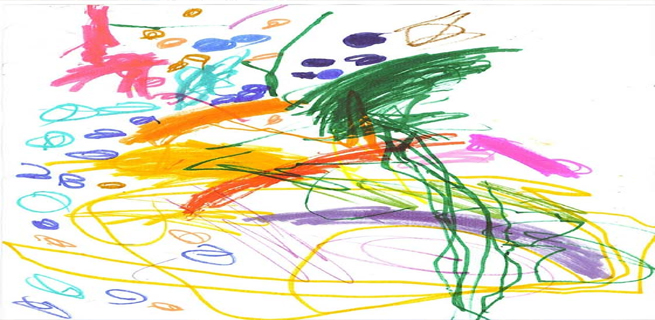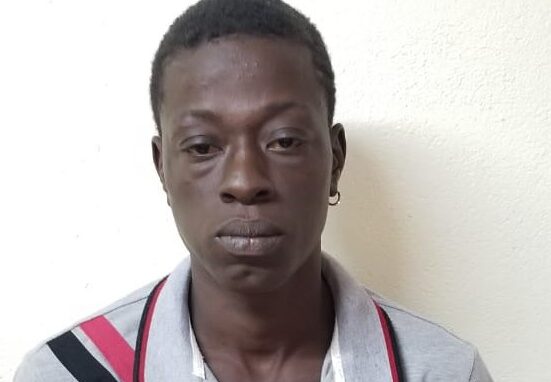This is the fourth in a series by Eugene Robinson. The previous issue ended with comments about emergent reading:
By Eugena Robinson
Emergent reading also helps children to learn the directionality of print. In English we read and write from left to right so even when the children are creating their own stories their eyes learn to get to the next line from the left. When parents are reading to their children, it is useful to move a finger across the page then go to the next line. These little hints are very helpful. It is natural that children who live in households where adults read, will become early readers.
The creativity in children is being stifled. Observations and assessments have revealed that almost half of a sample of basic school children cannot work independently. They copy very well but they are unable to relate their experiences in a coherent way. Their answers are usually a single word. Parents must allow their children to explain situations while they try to be patient listeners.
These weaknesses are going to impede their progress as they enter formal school. The Grade One teachers with large classes are challenged to find the time to work individually with these children.
We have looked briefly at emergent reading but that has merely scratched the surface of what I like parents to do. We have to find a way of ensuring that Government spends less of our money on remedial reading. The number of children who have not qualified to sit GSAT is disappointing. Your child is probably one of them and you did not do for your child what was necessary when he/she was at the early childhood level. Today we look at emergent writing and this article is merely scratching the surface as well.
Emergent writing, like reading is a process that the young child goes through as scribbles and markings gradually emerge into something that is readable. Unfortunately, this natural development of young children is ignored by some anxious parents who believe that their children should start to write their ABC.
AGGRESSIVE, NOISY
In order to justify what I am saying in this paper, I visited a pretty basic school with less than forty children. As I entered, I was faced with aggressiveness, shouting, uncontrolled movement. I used all my skill to have them settled and introduce themselves. School and children were not my immediate concern, but these tiny children were just too aggressive, restless and noisy. Everyone had something to complain about another child. Because I wanted evidence of emergent writing, I read part of the story Clifford the Red Dog who was polite and said ‘please’ and ‘thank you’. The children responded very effectively to my concern that my ears hurt when there was too much shouting and noise. As the noise level went up, I pinched my ears and it worked.
The children returned to their classes of 3’s, 4’s and 5’s to draw Clifford. This Clifford emerged in a variety of forms, but I was pleased that the knowledge of children’s was substantiated. Clifford looked like a rag doll, a man on stilts, a caterpillar, a child, an object with seven legs, an aeroplane. Very good. Time did not allow for some type of writing from the various age groups but the evidence of how children express themselves on paper was in all three age groups. The homes have a role to play to reduce the aggressiveness, the shouting and the uncontrolled behaviour. Teachers have to tone down since they cannot out-do the noise level of these children.
Our young children should not be pushed into writing lessons. Research has shown that in “literacy -rich homes”, children are engaged in reading and writing quite freely, through play. A literacy rich home is an environment where books, paper, magazines, newspaper, pictures, calendars are provided and placed in easy reach of children. When mother is writing her shopping list, the child is also writing a shopping list. These little scribbles can be explained by the child. When a toddler gets hold of a marker, he is going to leave a trace wherever he finds a suitable place. The understanding parents will provide a board and chalk, paper, crayons and markers and prepare a designated place for the child to write.
FASCINATING
I am fascinated by the writing forms of two and three year olds. During the first stage, the child makes random squiggles all over the paper. This writing requires a label, example, ‘My Dog’. Their understanding of writing, ranges from random scribbles and drawings, to linear markings which have the resemblance of letters. (blurb) There is no distinction between the terms drawing or writing in the early stage. In the emergent stage children’s writing goes through several stages. As the children gain more control of the writing tool, their writing shows a combination of straight and curved lines. When asked about a drawing, young children often tell a story. The teacher uses this information to label the child’s work either through a sentence or a single word.
Basic school teachers are now sending workbooks home for home work activity. Parents are asking for the homework. I would have liked to be a fly on the wall to look and listen to what goes on at home with homework. A child’s homework or writing should be pleasurable and follow a sequence that fits in with the child’s development. Sometimes, homework should request a parent to read a story to the child and allow the child to draw a picture independently of the parent dictating what and how. This picture is taken to school and, during circle time, each child reports to the class. As children progress, letter forms begin to appear and unlined paper is best to allow freedom to use all the space provided. Letter size paper or drawing books are ideal for children at this stage.
Some children pass through the early stages fairly quickly, and this depends on the support given at home. There are many parents who were not scholars in their school days and they want to help their children. There is always some positive assistance that they can give, usually in the form of praising, listening and providing the learning tools. I have met very anxious parents who want to make up for their inadequacies, so they begin to drill the alphabet names, counting to one hundred, learning the multiplication tables, and adding and subtracting numbers. A word of caution is that children can become confused, listless and eventually hate what we would have liked them to love. (Blurb)
Next Week: More on helping these basic school children to write









